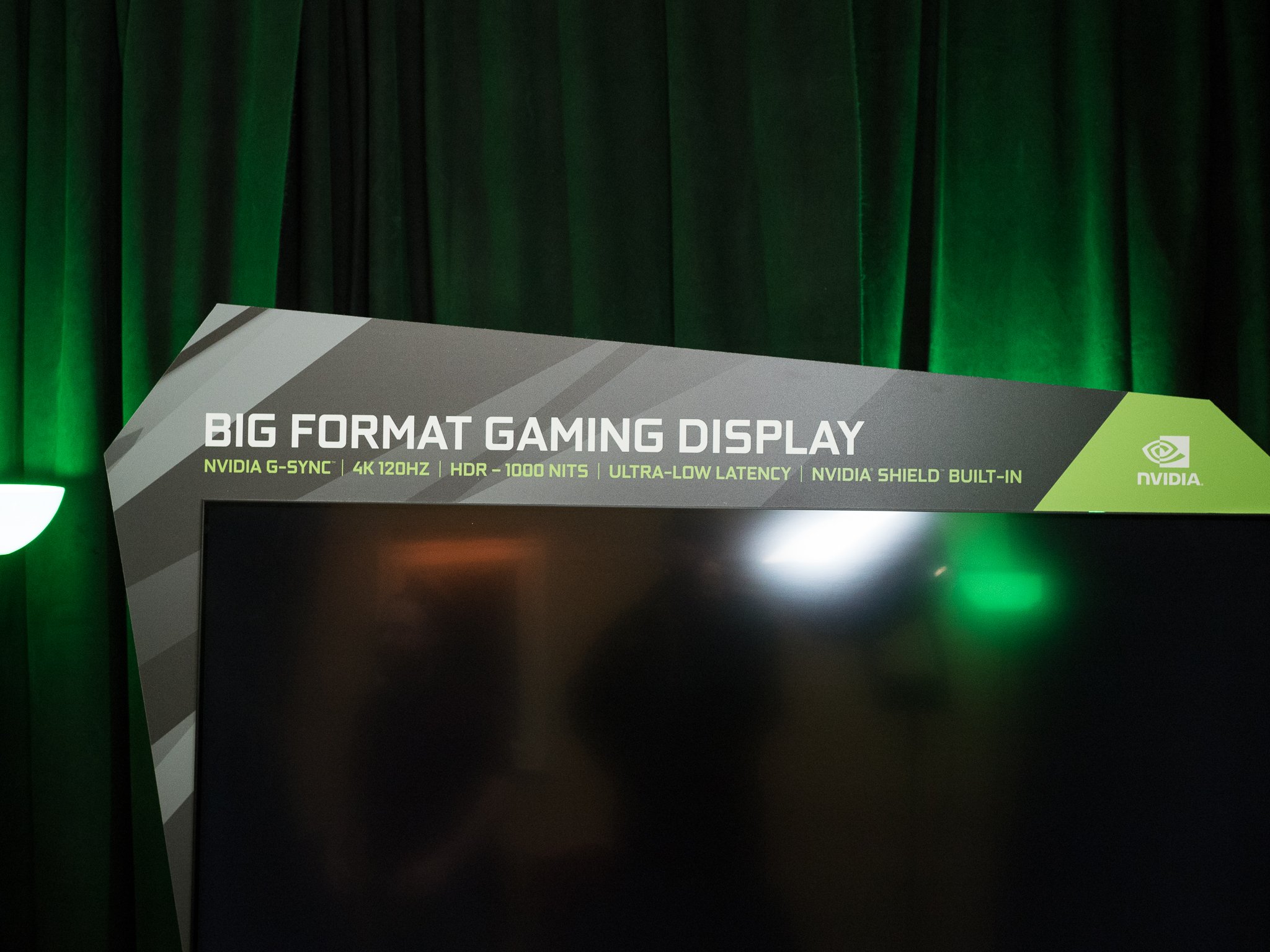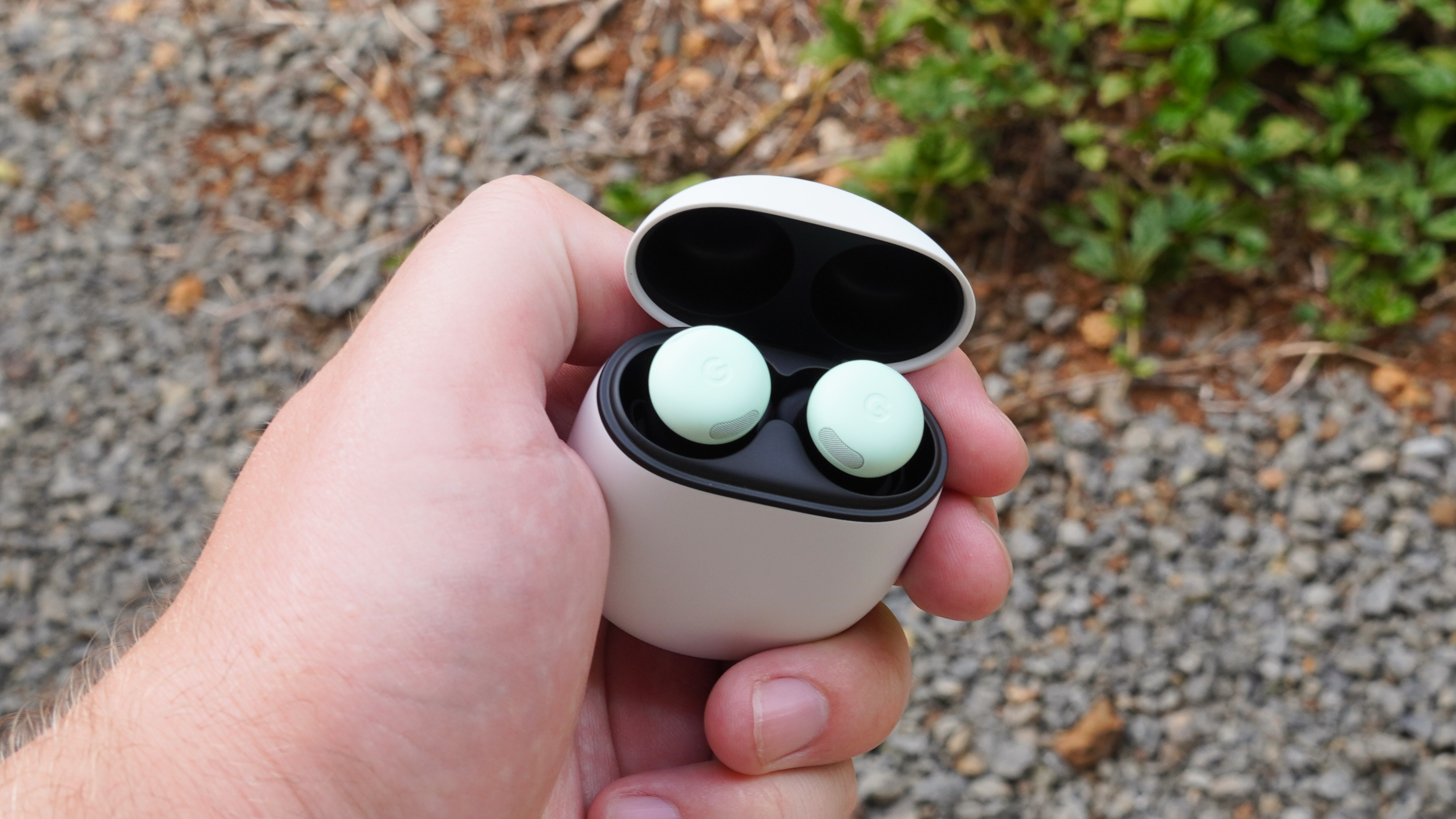NVIDIA partners with Acer, ASUS and HP for new 65-inch 4K HDR gaming displays that run Android TV

NVIDIA's stepping into the gaming display space, partnering with a bunch of companies — Acer, Asus and HP to start — to release their own version of a BFGD, or Big Format Gaming Display. These 65-inch gaming displays are aimed at hardcore PC and console gamers who want a huge screen, and they have impressive specs like 4K resolution, HDR, G-Sync, 1ms latency and a 120Hz refresh rate. The panels are identical between the manufacturers, but each one will bring its own physical design and extra features in terms of audio, HDMI inputs, etc.
Interestingly, they also have a full-on Android TV experience built in.
The pitch is that the hardcore gamers will come to the BFGD for the best experience when they hook up their PC and play, but then when they're done with that and want to take a break they flip over to a full NVIDIA Shield Android TV experience:
This critically-acclaimed device, that before now was only available as a separate box, runs at up to 4K, in HDR, and has a whole host of apps and features. For streaming there's support for Amazon, HBO, Hulu, Netflix, YouTube and many other key channels; for home and remote playback there's best-in-class Plex and Kodi support; for extra gaming fun there are Android games and exclusive conversions of classic titles, such as Metal Gear Solid 2 and 3; for remote PC playing there's GeForce NOW and GameStream; for relaxed user control there's voice-powered Google Assistant; and for future household tech there's SHIELD's Smart Home technologies.
So not only do you get the benefit of having Android TV, but you get the NVIDIA version of that — that means Amazon Video (in 4K HDR to boot), GeForce Now streaming and GameStream streaming. This is rolling with the same specs as a standalone NVIDIA Shield Android TV box, which is easily still the industry leader for Android TV boxes. A few other TV manufacturers have gone with Android TV for their default interface, but this is interesting to see as a value-add for something that is primarily focused on having the right specs for optimal gaming performance.
NVIDIA says that the Shield Android TV portion of the BFGDs is on the exact same software track as the standalone Shield boxes, and they will be updated at the same time directly by NVIDIA. The companies will be able to update their portions of the display firmware on their own terms.
Because this is a partnership deal, NVIDIA is leaving it to Acer, Asus and HP to make their own announcements about BFGD releases. So we don't know details about availability or pricing — the best we know is the "second half of 2018" right now. ASUS has announced that its version will be the ROG Swift PG65, but has no details beyond that.
Get the latest news from Android Central, your trusted companion in the world of Android

Andrew was an Executive Editor, U.S. at Android Central between 2012 and 2020.
